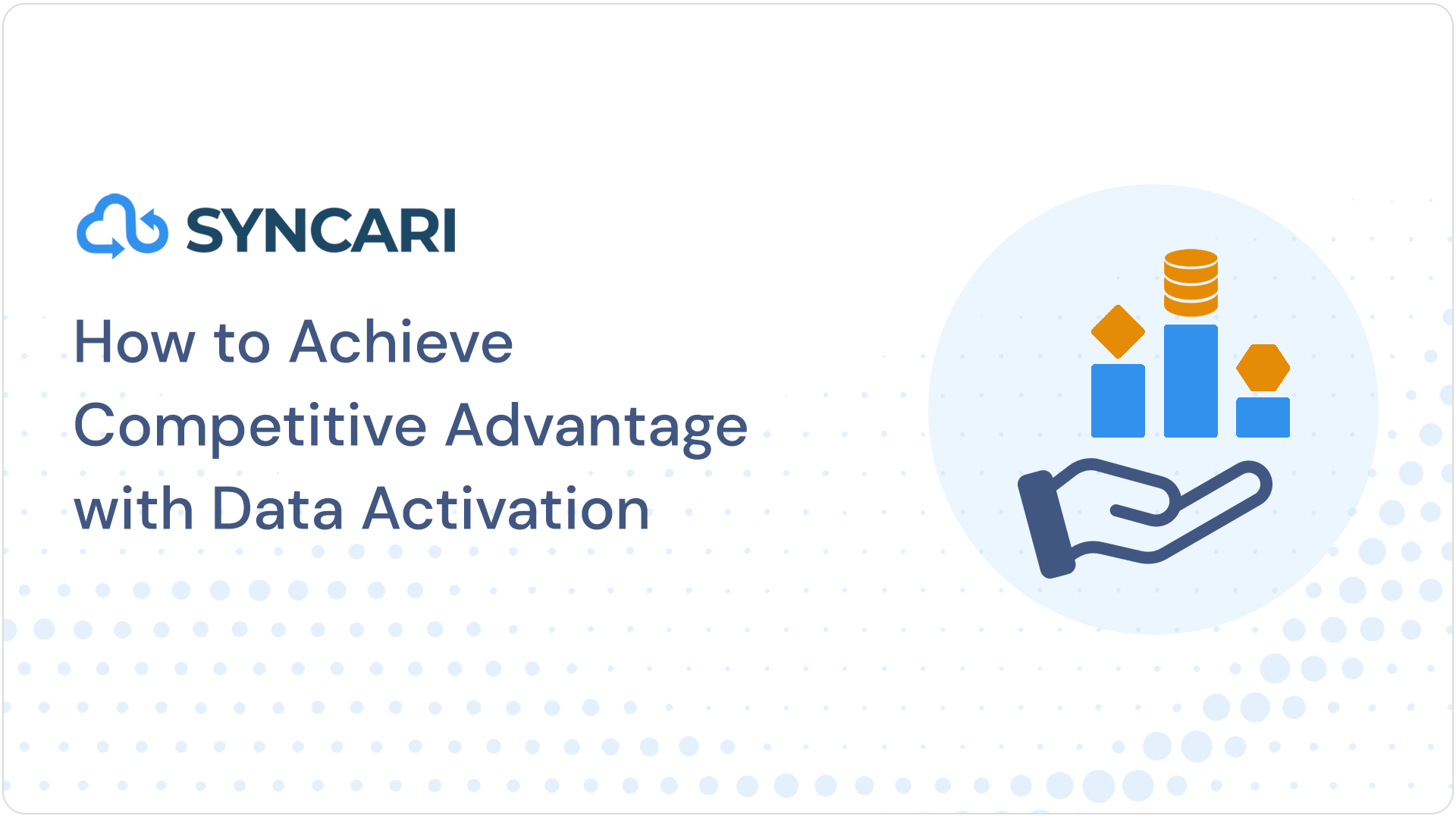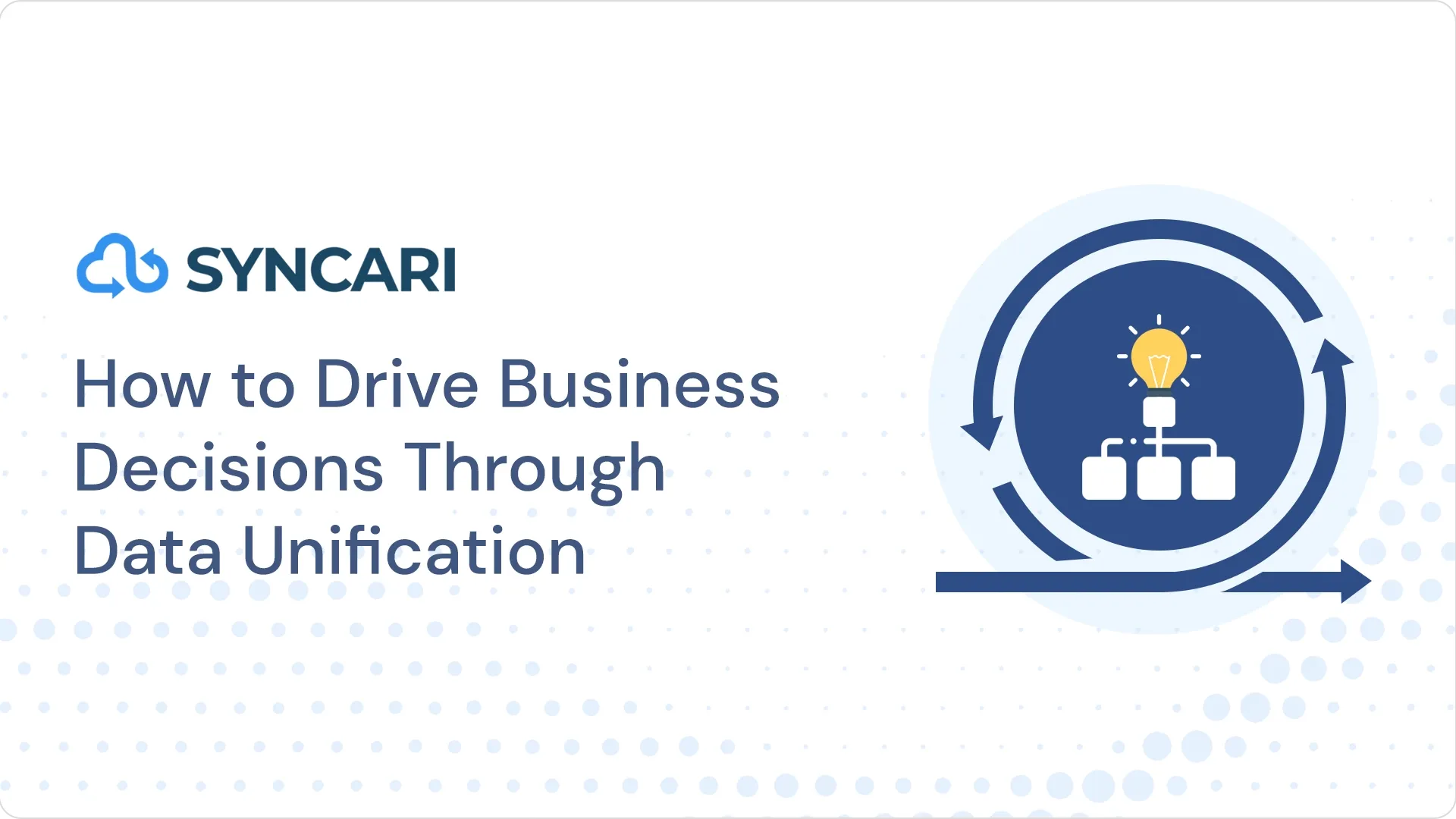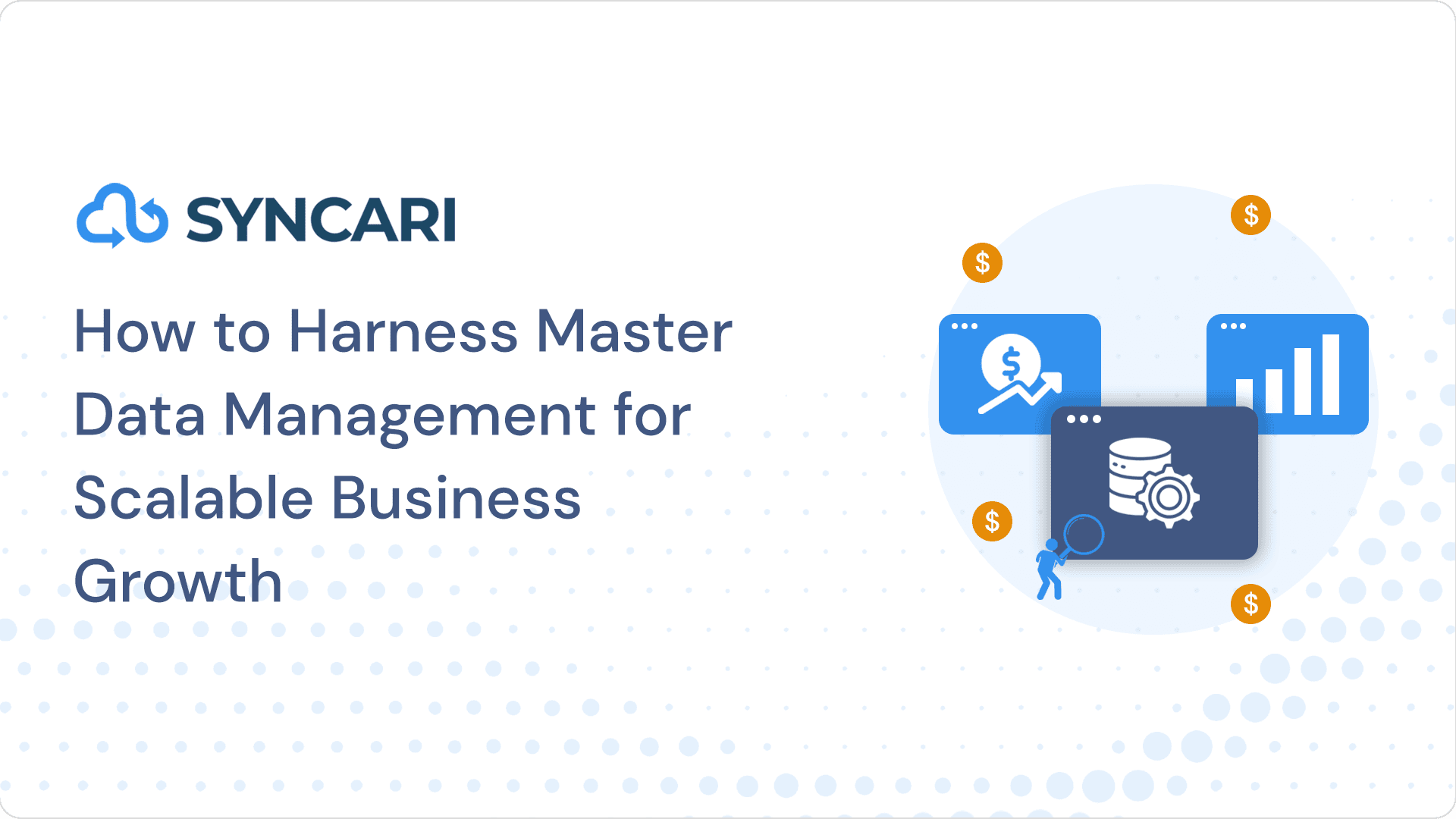In today’s fast-paced and dynamic world, businesses need to keep up with the latest technological updates. One such adaptation includes workflow automation. Workflow automation is a method of streamlining and automating the flow of tasks, documents, and information in a business setting.
By implementing this type of automation, the goal is to improve efficiency and productivity on a regular basis. One of the most popular software available today is Zapier. But is this software completely reliable? Is Zapier pricing worth your money? We will discuss everything in this article and conclude with the best possible option.

The process of workflow automation involves identifying the tasks that make up a specific job, creating the rules and logic that govern those tasks, and programming software to execute those predefined rules and logic.
This allows the software to perform the tasks from start to finish, eliminating the need for human involvement. Some software tools offer several app connections and premier support per month.
But how does such software carry out the entire automation on its own? This automation is achieved by creating a set of if-then statements, acting as instructions for the software, dictating the actions to take and the progression from one task to the next.
This enables the program to seamlessly move through the series of tasks without the need for human intervention.
Why is workflow automation important?
Task automation can bring about a variety of benefits for businesses, including increased efficiency, accuracy, and speed of operations. By automating certain tasks and workflow processes, your staff can be freed up to focus on more important non-automated tasks such as expanding business. This can lead to improved productivity and cost savings.

Additionally, automation can make workflows more visible, giving organizations a better understanding of their overall operations. This can also improve communication within the organization, as well as between employees and customers. Furthermore, automation can lead to improved customer service by providing faster and more accurate responses to customer inquiries.
You may be surprised to know that automation technology can also increase customer engagement, as customers may be more likely to respond quickly to automated requests or prompts. Overall, process automation can be a powerful tool for streamlining operations and improving overall business performance.
This is where Zapier pricing comes into the picture since they charge for most of their integration features. Zapier supports customer success with its lucrative pricing plans. It offers a free version as well as custom integrations as per plan.
But before we discuss Zapier pricing, let us understand how this software works, including its different features.
What is Zapier?
Zapier is a software integration platform that was established in 2011 by its founders, Bryan Helmig, Mike Knoop, and Wade Foster. The company is based in San Francisco, California.
With a team of almost 500 employees and over three million users worldwide, Zapier has become a widely used tool that continues to experience growth.
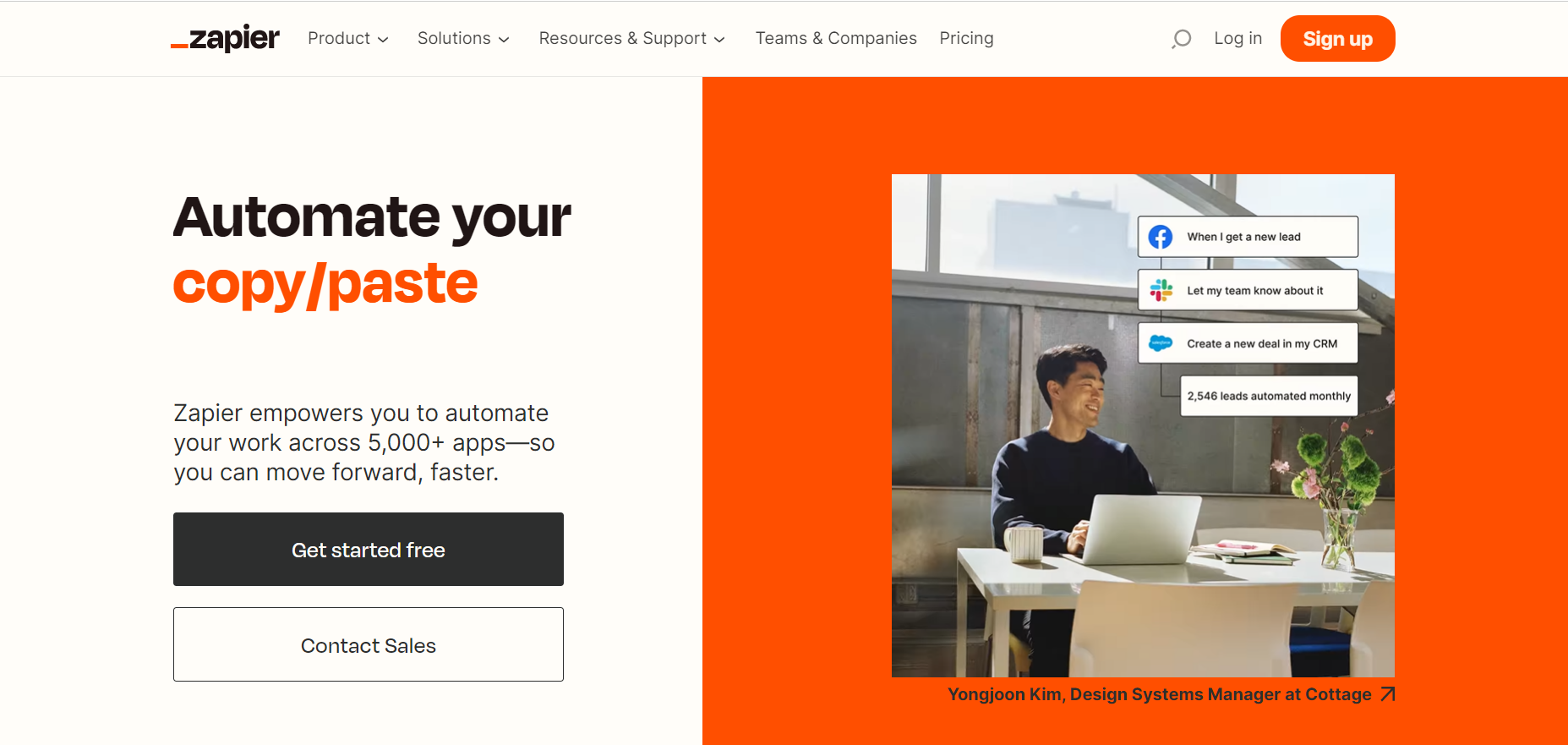
The main purpose of Zapier is to link various applications and software to move data between them, automate tasks and streamline entire workflows. Currently, Zapier is compatible with over 3,000 apps, including popular choices for small businesses such as QuickBooks Online, Slack, Twitter, Gmail, Mailchimp, and more. That is why Zapier is a popular tool for businesses.
Zapier integrates several apps and tools. It also covers premium apps. Moreover, it is capable of handling complex workflows by offering you enterprise-grade features. It enables businesses to focus on their core operations while the software manages certain criteria.
What does it do?
Zapier is a software application that helps automate repetitive tasks by connecting different apps and tools together. For example, imagine you are an event marketer, and you spend a lot of time updating your spreadsheet with new event registrations.
Instead of doing this manually, Zapier creates a connection between the registration software and the spreadsheet so that when users register, their information is automatically added to the spreadsheet.
This way, even if your event registration software doesn’t have this capability, Zapier can handle it for you. This can save you a lot of time and effort and make your workflow more efficient. But remember, there is a lot of similar software out there that can do the same job.
How does Zapier work?
The foundation of Zapier is built on Zaps, which are automated workflows linking Channeltivity with another app. For instance, you could have a Zap that automatically pushes Deal Registration data into a Google Sheet or another Zap that sends an email notification when a Deal in Channeltivity is changed to a specific status.
A Zap comprises two essential components:
Trigger– The trigger is the event in an app that initiates the Zap, such as a new or updated Deal in Channeltivity or any other event in a connected system.
Action – The Action is the event that completes the Zap. It could include sending personalized emails, updating records in Salesforce, Deal Registrations, Google Sheets, and more.
In addition to the mandatory Trigger and Action steps of a Zap, you may also add Filters to ensure that Actions are performed only on the items you want.
Filters allow you to set specific conditions, such as when the “Registration Status” field is “Approved,” to get the granularity you need. When the data from your Zap meets the conditions of a filter, it proceeds to the next action(s) in your Zap.
Zapier features
Multi-step Zaps
The more you automate your work, the easier it is to see the possibilities for new Zaps that can reduce your workload. Using Zapier, you can create workflows that perform multiple actions based on one trigger.
For instance, if someone fills out your contact form, Zapier can add their responses to your database, create a contact in your CRM, add them to your email newsletter, and alert your sales team through email.
If your plan level allows multi-step Zaps, you can add more steps to any Zap at any time. If you know what steps you need, you can add them when you make the Zap, or if you think of a new one later, you can add them at the middle or end.
Filters
Automation works without your involvement: When this event occurs in one app, automatically execute this action in another. There are times, however, when you only need a small part of the first app to make something happen elsewhere.
Each Zap you create with Zapier follows a set of rules. Because Zaps are simple, two-step processes based on the rule: when my trigger event occurs, execute my action event. But what if you want more control over the actions that follow?
Filter by Zapier gives you the ability to ensure that your Zaps run based on specific criteria that you set. Whether it’s filtering out errors or only passing through the most valuable leads, you can use Filter to make sure that your Zaps only continue when new information meets the conditions you have set.
Automate your Schedule
Recurring routine tasks can eat up a lot of time, but automation can help. Zapier’s Schedule app is a great tool that can automate these tedious tasks by creating automatic workflows on a recurring schedule.
With Schedule, you can choose the specific hour, day of the week, or day of the month to run your Zap, and even include weekends if desired. This means you won’t have to worry about sending that weekly meeting agenda in Slack anymore.
Formatter
Getting apps to integrate seamlessly can be a challenge. Even when data is exported from one app and imported into another, it may not be in the correct format or order. This can result in issues such as text being in the wrong format, names not being separated into first and last, and incorrect formatting of dates and phone numbers.
Manually editing data can be tedious and time-consuming. Instead, you can leverage the power of automation to reformat text. This can be done by using built-in tools on your computer or by using Zapier’s Formatter tool, which can automatically format text to your desired specifications.
It includes popular ways to reformat your text, such as splitting first and last names, formatting dates and phone numbers, and more. You can watch tutorials on how to use Zapier’s Formatter tool for each of the tasks.
Webhooks
Webhooks are a useful tool that enables apps to send automated messages or information to other apps. They are frequently used in scenarios such as PayPal sending payment notifications to accounting apps, Twilio routing phone calls to specific numbers, and WooCommerce sending new order notifications to Slack.
If you have seen webhooks mentioned in your apps’ settings, it’s likely that they are a feature you can explore while automating other things.
Webhooks are a simple feature for your online accounts to communicate and receive automatic notifications when something occurs. In many situations, you need to automatically transfer data from one app to another, and at that time, you will need webhooks.
Zapier pricing
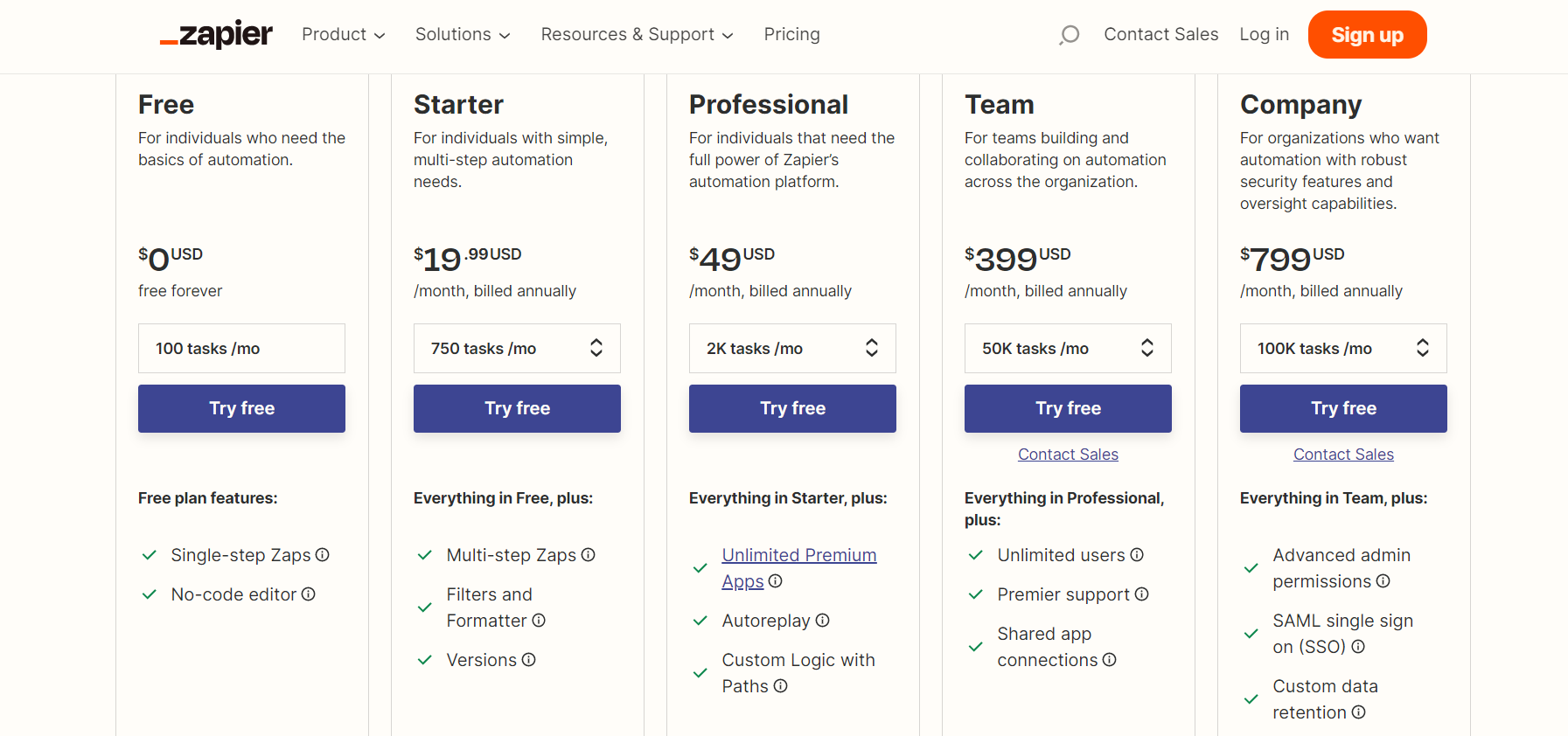
Free plan:
- 100 Tasks per Month
- 5 Zaps per month
- 15-minute update time
- 2 users & Single-step Zaps
Starter Plan:
$29.99 USD/Month
- 50 Tasks per month
- 20 Zaps per month
- 15-minute update time
- 2 users & Multi-step Zaps
Professional Plan:
$73.50 USD/Month
- 2,000 Tasks per month
- Unlimited Zaps
- 2-minute update time
- 5 users & Unlimited Premium applications
Team Plan:
$598.50 USD/Month
- 50,000 Tasks per month
- Unlimited Zaps
- 2-minute update time
- Unlimited users
- Shared app connections
Company Plan:
$1,198.50 USD/Month
- 100,000 Tasks per month
- Unlimited Zaps
- 1-minute update time
- Custom data retention
- Single Sign On (SSO)
Is Zapier worth the money?
Zapier may promise a lot of features and mainly promote their integration, but you may end up with a lot of errors. Their integration lacks the error handling capabilities present in other automation software such as Syncari.
This allows you to determine how the integration should respond in the event of an error. This is primarily due to limitations with other tools rather than Zapier itself. Moreover, the triggers and actions offered may be limited at times, and setting up a Zap can sometimes be confusing or frustrating if the correct test entries are not being pulled in.
That is why you need seamless workflow automation software, which makes managing tasks a breeze. Syncari is one the most popular alternatives to Zapier since it is affordable and comes with a variety of features.
The Best Alternative to Zapier – Syncari
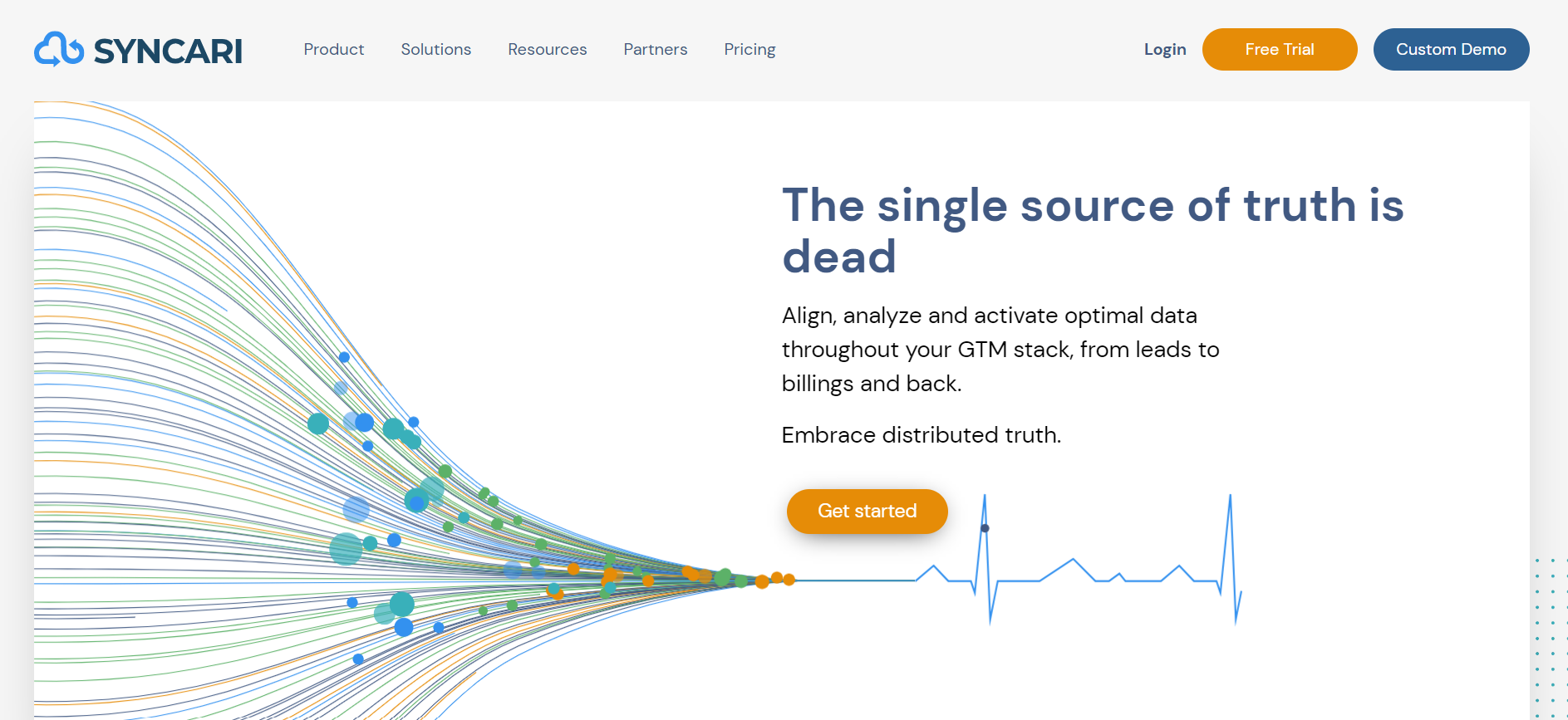
You can achieve predictable revenue growth with Syncari’s complete, no-code data platform. It’s time to unify, automate and distribute trusted data and insights across all departments, eliminating the need for time-consuming data preparation.
Syncari is a unique platform that integrates, scores and cleans data from all top systems and distributes it back to every department’s source of truth while also keeping systems in sync with new emerging data.
This way, you can tailor customer experiences at every stage and update sources or data with ease. Syncari adapts to changes and enforces cross-system policies centrally, allowing you to unify, normalize and clean cross-system data automatically, and distribute actionable insights faster.
Syncari can manage your old as well as new data with custom logic. It is one tool for all your automation needs. It complies with all the security policies and an unlimited number of records.
The company plan includes two types of pricing structures which we will discuss further. But your team can perform as many actions as you want in their growth plan. This tool will certainly help with your customer success.
Benefits
Syncari is a platform that simplifies GTM alignment by providing data synchronization, management, analytics, and orchestration, all without the need for coding.
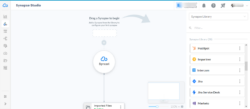
You can use connectors that deeply integrate with top systems and effectively handle data and schema changes throughout your GTM stack. It is easy to set up and fault-tolerant; these synapses allow you to focus on growing your business, not managing APIs and integration.
Syncari ensures access to accurate, consistent data across teams by centralizing records in a data hub, aligning them to a unified model, and distributing them through a multi-directional sync engine. This allows for seamless access to trusted data in the systems where teams work and keeps views up-to-date as new information becomes available.
With Syncari, data management and governance are automated by defining rules and logic that are applied across all connected systems. This unique capability is a result of a data-model-driven approach.
Syncari allows for seamless coordination of customer experiences by identifying and activating key signals across teams. This includes routing leads to the appropriate owner, alerting success reps in Slack when usage capacity is exceeded, and ensuring interconnected workflows are executed with optimal, unified data when an opportunity is closed.
A brief Comparison of Zapier and Syncari pricing
Zapier
1. Starter Plan
$29.99 USD/Month
- 750 Tasks
- 20 Zaps
- 15 minute update time
- 2 users
- Multi-step Zaps
- Filters and Formatters
2. Team Plan:
$598.50 /Month
- 50,000 Tasks per month
- Unlimited Zaps
- 2-minute update time
- Unlimited users
- Shared app connections
Syncari
Conclusion
Zapier and other iPaaS solutions may promise easy integration and automation but often fall short in providing reliable, code-free workflows that can adapt to changing data landscapes. In contrast, Syncari Synapses offer self-healing connectivity.
This allows for quick setup without coding, automatic adjustments to downtime and API throttling. This way, management of schema changes across all connected systems, including deep integration for specific operations, becomes easy. Additionally, Syncari prioritizes data consistency and integrity through a “data-first” approach.
It also focuses on governing data and defining a clear source of truth for every field. It manages to distribute trusted data to revenue-generating systems and keeps everything in sync as new information becomes available through multi-directional syncing.
